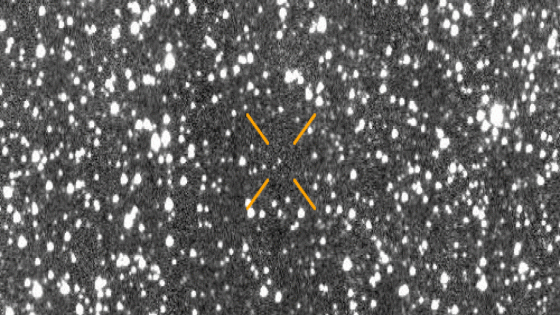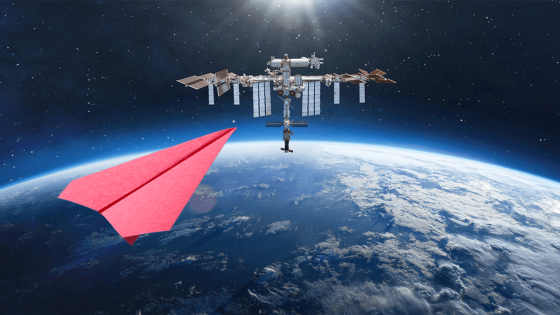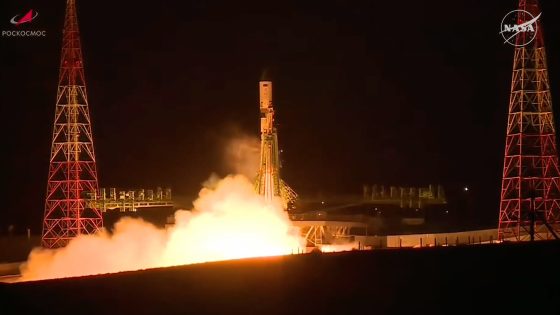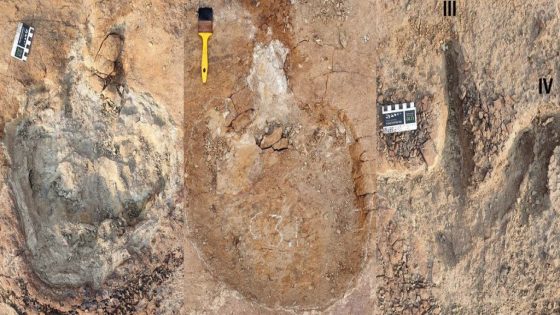Astronomers have made a groundbreaking discovery with the Hubble Space Telescope, observing 3I/ATLAS, the third known interstellar object to visit our Solar System. This remarkable interstellar visitor is currently approaching the Sun, revealing fascinating insights into its nature and origin.
- 3I/ATLAS is an interstellar comet.
- It shows activity as it approaches the Sun.
- Mass loss rate estimated at 6 to 60 kg/s.
- Nucleus size estimated under 2.8 kilometers.
- Provides insights into other star systems.
- Only third known interstellar object observed.
At a distance of 3.8 astronomical units—nearly four times farther from the Sun than Earth—3I/ATLAS is actively shedding dust as it heats up. This activity, observed on 2025-08-13 04:33:00, marks a significant opportunity for scientists to study material from another star system.
What makes 3I/ATLAS so intriguing? Its behavior resembles that of a comet rather than an asteroid, as it releases dust particles forming a distinctive tail. This raises questions about the materials that compose it. Notably:
- Mass loss rate estimated between 6 to 60 kg/s.
- Effective radius of the nucleus is less than 2.8 kilometers.
- Size constraints help determine its composition and history.
As scientists continue to analyze 3I/ATLAS, the potential for new discoveries about the cosmos is immense. What secrets will this interstellar traveler reveal as it gets closer to the Sun?































